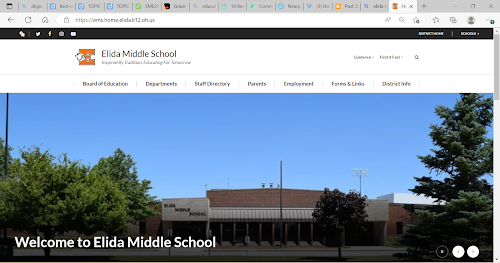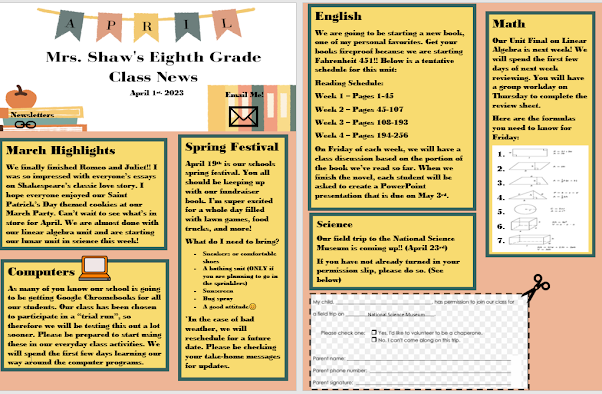Blog Journal 5
Cue Twitter notification sound!
You may have guessed already from that first line but today I'm going to be talking a little bit about my Twitter fame. Just kidding my nonexistent followers would disagree with that previous statement. I'm just lightly going to touch base on some of my personal experience using the Twitter platform. In addition, I'll talk about some content related to the digital divide that education is currently experiencing, as well as some of my favorite academic software I hope to use someday.
Funnily enough I actually used Twitter in my early high school days because I was super into a band and joined a bunch of Twitter fan groups. SO EMBARASSING. But I stopped using Twitter pretty much completely until I had to start using it for this class. In this class, obviously this is much less boy band focused, and more education focused. I've really enjoyed looking at a lot of the teachers whom I follow's content. It has proven to be super beneficial in finding resources and expanding my PLN. Twitter is a platform that can give me as a future educator, the ability to interact and communicate with other educators, which in and of itself is very beneficial.
Feel free to follow me on twitter. My page is linked in the sidebar to the left of your screen.
Digital Divide
The digital divide is a concept that addresses the technological gap in student education. One way in which the digital divide effects student achievement is the lack of accessibility to technology varies in students. For example, we have students who have access to the internet and computers at home, and others who don't. Part of this ties into the pedagogy of poverty as well. But the inability for all students to complete schoolwork that does require the internet and technological devices, places those students who do not have access to these things at an automatic disadvantage. One of the ways I personally strive to close this gap is implementing class time devoted to the learning and instruction of using technology, whether it be exploring software's and programs as a class or allowing students to explore this themselves (during class time). However, this is not a realistic solution for all educators and or school districts due to the financial constraints that unfortunately do exist.
Academic Software
Both Kahoot! and Nearpod, are software's I have personally used as a student, so I feel as if thought I have enough credibility to speak on their effectiveness. One of my favorite things about both of these programs is how interactive they are. I think it is a really important attribute of class time to use technology as a way to engage and motivate students rather than just have them staring at a screen. Kahoot! is something me and my classmates got super into when we used it. It definitely brings out the competitiveness in students. Using a quiz format is helps students to process and retain information better than say a lecture would. Nonetheless, lecturing is sometimes necessary for learning. Nearpod is a tool that allows teachers to project a presentation using screenshare programming. So, while teaching a lesson students can follow along on their own screen. But it also allows for the ability to add questions, both multiple choice and short response, as well as surveys, so that students can interact with the lesson. This is also a good way for teachers to gauge students understanding of the material as well as their attention.






Comments
Post a Comment